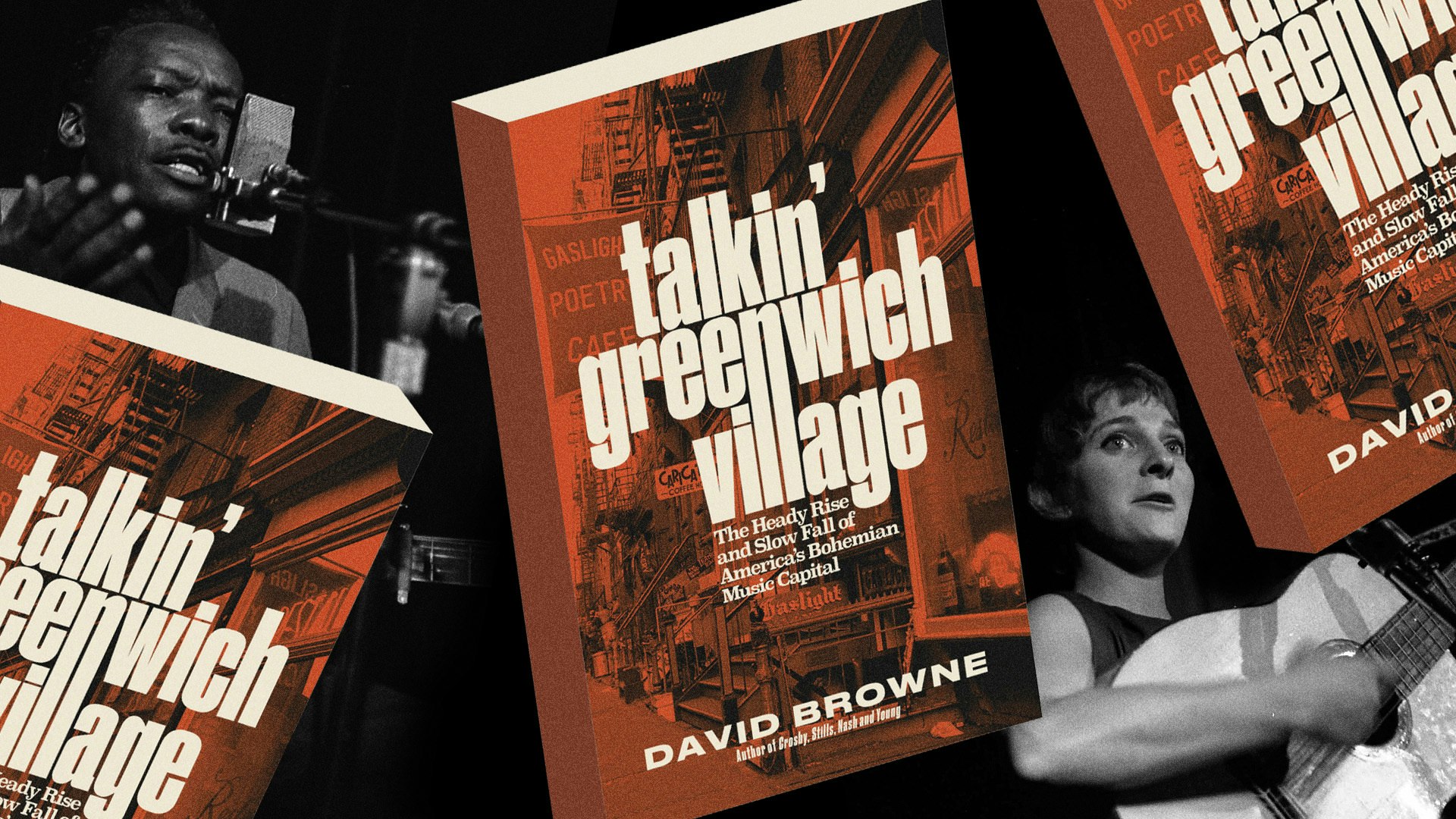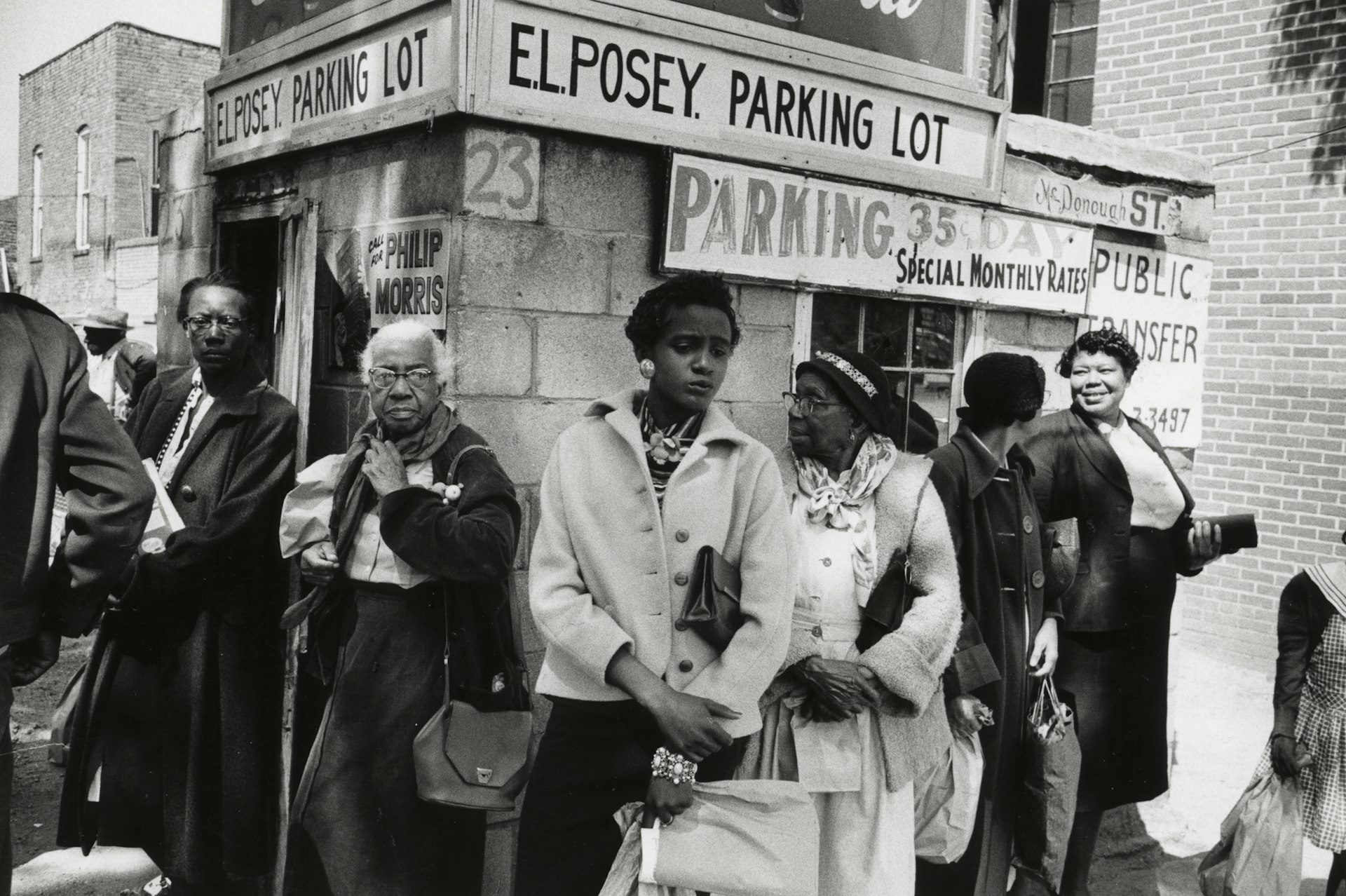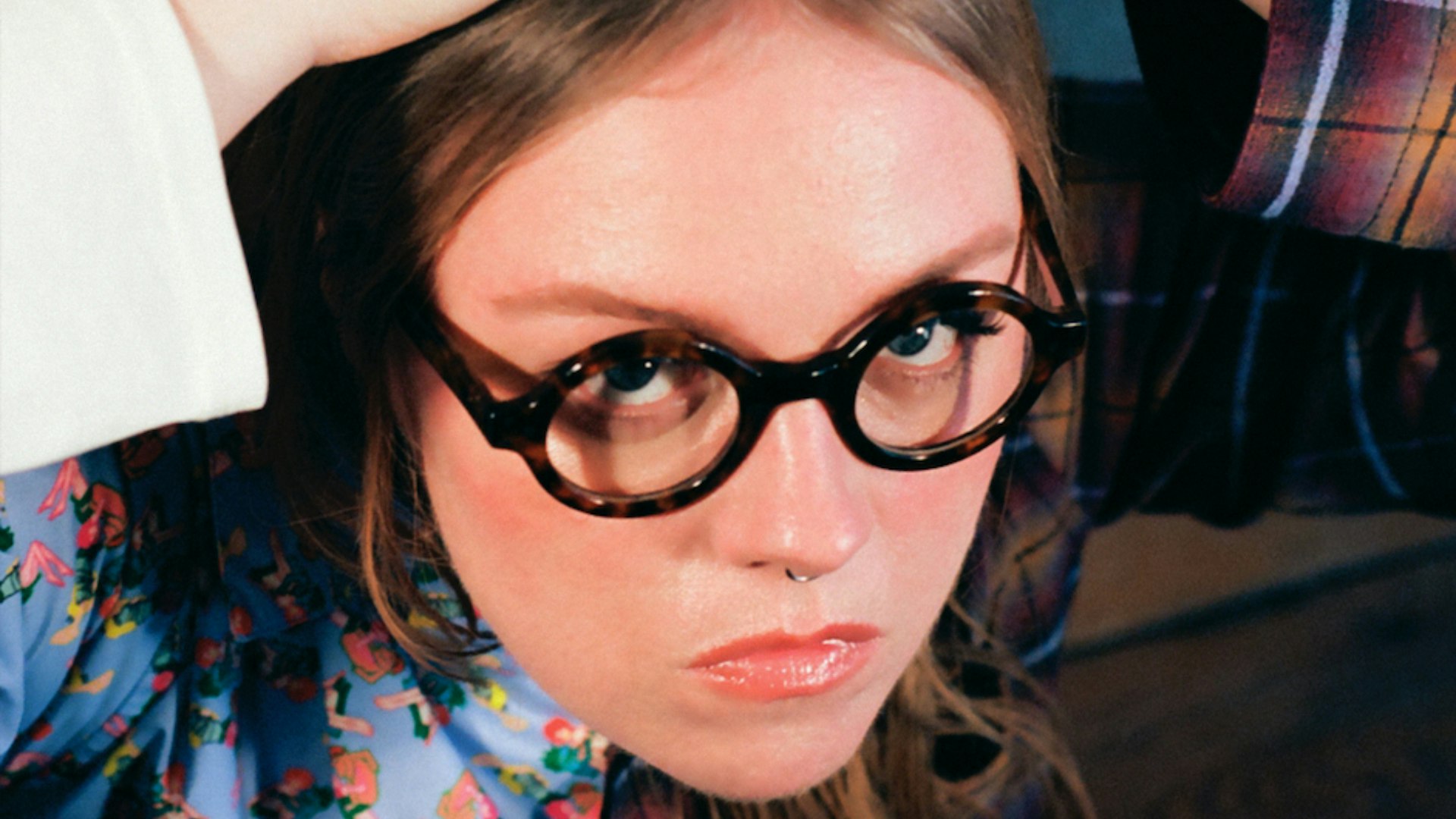The crisis of masculinity facing young British Muslims
- Text by Michael Segalov
- Photography by Mahtab Hussain

Mahtab Hussain knows what it’s like be an outsider, to have your identity unpicked at every turn. Born in Glasgow in the early 1980s, the child of two first generation Muslim immigrants, he grew up with both two homes and none.
“My dad was born in Pakistan, my mum in Kashmir,” explains Mahtab. “My grandfather came over in the 1950s.”
Mahtab’s mother was 16 when she arrived in Britain, plucked from a childhood spent picking ripe fruit from the trees on a farm, dropped into 1970s Glasgow. It was a tough transition. The family moved to Birmingham when he was just 7-years-old, and it was here, in the large Pakistani community, that he spent his childhood.
“My parents got divorced a few years into living there. I didn’t realise at the time but after that we became ostracised from the community, kicked out, because divorces in the 80s were a no-no, a taboo subject.” He ended up growing up in an area called Druids Heath, a white working class community.
“At that age I had quite a lot of racism in my life, people would call me “paki”, I’d be the butt of racist jokes.”
We’re meeting in London some 27 years later, just weeks before the now photographer finally exhibits what’s been close to a decade of his work. In his project – You Get Me? – he looks at what it means to be young, male, British and Muslim; an intersection of identity that is so often ignored.


“Young Muslims today are part of a lost generation,” he explains. “If they go back to Pakistan, to Iraq, to wherever, they’ll get told pretty quickly that they don’t belong in that country because of the way they dress, their mannerisms, their identity. In the UK, because of all the racial tension since the 1960s, they’re made to feel they don’t belong too. They end up stuck in the middle.”
By turning his camera on these young men Mahtab captures a community in flux; othered both by the land of their ancestors and the society in which they were born. Now they’re carving out a whole new identity amidst an ever more hostile climate.


What was it like growing up in Birmingham in the early 1990s?
I grew up very British. For a long time I hated being brown, it caused me so many issues and so much tension. I ended up moving in with my mum when I was 17, and she clocked that I’d lost my mother tongue; I used to be able to speak Urdu fluently but I couldn’t at that point.
She suggested I go and study photography, find a Muslim/Pakistani majority uptake college. I did, and this time I was ridiculed not for my skin but the way I spoke, the way I dressed, my views.
They said I was too white, too British. They called me “fish and chips” and said “alright John, how are you?”
I started going through my own identity crisis. Am I British? Am I Pakistani? Can I be too westernised? These were the questions going around in my head. I felt so suffocated.
Is that why you decided to leave the city and head to London?
I ended up leaving as soon as I had the opportunity and studied History of Art at Goldsmiths, the most random course for an Asian man to study!
In my second year I studied a course in post-colonialism and was introduced to artists doing work on race, identity politics, looking at the black experience. This was after 9/11, and I just thought gosh, nobody that I know of is making work about the British Muslim experience in a very honest way.
The way that I had seen was incredibly patronising, and it wasn’t my culture, my experience. It would always be people saying look at us, how westernised we are, how proud we are of it. That wasn’t the message I was hearing from my community.


You’ve spent nine years working on this project, what have you learnt about the young British Muslim male?
I think that the men are struggling to define themselves as men, on some level there are male patriarchal roles in our community that are having to be redefined. Masculinity over the past 30 years has been redefined, and as the women are becoming more educated – wanting careers and not to get married – it’s almost as if they are leaving these men behind.
The men are trying to cope with male redundancy, asking where they fit in the narrative, finding a last attempt to embody what it means to be a man: using bodybuilding, the performance of violence, trying to be the tough guy.


How did you approach the portraits?
I wanted to empower the sitter; it’s why the gaze is so direct. As a photographer you own that power. I’d always say to the men after an interview that this is your chance to say something, give that to me in your performance.
You get these slightly aggressive, quite stand offish portraits. Yes they’re angry, and they have every right to be. All they’re told is that they don’t belong here, that they’re outsiders, that they’re a threat to society. I wanted to give them a voice.
Time and time again we’re told you’ve got to integrate more, assimilate more. My argument is this community has been here for over 100 years, and yet we’re still not accepted as part of mainstream society. Yes, we can listen to BBC Asian Network, but if I look at a billboard I’ll never see myself.
Representation is so important, and that’s why this community doesn’t feel it belongs.
Was it hard for you or cathartic to reenter a space that you’d never felt entirely part of or accepted in?
Yes is the short answer, both. I learnt a lot making this work, I had to shake off my own prejudices too, remember the men I met at college? It was a learning process, I rediscovered my community to some extent.
But it was a difficult thing to do. It was hard to stomp the streets for years and to listen to these men, to listen to the struggles of their lives, how they feel they can’t get anywhere. How they feel the pressures of being a man and a strong, powerful figure when they’re broken down by society.
It was tough, but it made me realise how amazing these guys are, because under this political pressure they’re proud, noble and dignified individuals.

You took over 6,000 images, shooting 3-400 men. What was your pitch to get them to sit for you?
I’d see someone and then I’d think, right, he looks interesting. I’d pull out my hand and get the handshake (something you do as Muslim brothers), and then I’d explain that I wanted to change the narrative about their, our community. We’d talk about political pressure, about how hard it must be to grow up in a society that tells you you don’t belong; that your community is backwards, you’re an ISIS sympathiser, a groomer or barbaric. You’re a criminal and a rapist.
When you break it down it connects, and from there I was able to ask for interviews, for portraits.
I do talk about my work as if they’re all suffering: hopelessness, poverty, high crime rates, high prison population, college and university drop outs. But a lot of them men I met are fine, they’re doing well, earn good money. They had nicer cars than anyone else I’d seen.
They spoke about their lives as “us” and “we” though. They talked about the global Muslim experience, the struggle. That was really interesting because actually they were okay with great lives, but they had this sense of suffering. It was about the Islamic brotherhood, how difficult it is. That was a tough thing to witness and experience, to see them carrying this huge burden.
Where did the name of the work come from?
It was an interesting one, essentially it was what the guys would say: “Yeah yeah, you get me.” I thought it was an interesting phrase because on the one hand it can be quite aggressive, but it also shows a sense of vulnerability; do you really understand where I’m coming from? Actually, no-one does.
Do you think that political blackness is still a valid identity today? It’s seemingly controversial…
Yes, when my grandfather came over and when my father grew up, the Black and Asian communities were strong. They marched in the same movements, there was a bigger brotherhood, and that got separated.
Political blackness has more value now that ever before, I’m shit scared of what’s going on. I can’t believe I’m hearing the same stuff as I was hearing in the 70s and 80s. I thought I walked away from all the racism, all the tension, from all the hatred. I thought we were in a much better place.
But actually Britain is changing, as is the world, to be a more globalised hybrid experience. This is a last chance for the white man to try and cling onto the idea that they are all powerful.
The youth today are thinking no, this is our country, and they’re ready to resist. I think for generations of Muslims here before it would be hard to articulate how the UK is their country, but now we’re talking third, fourth generation. They’re going to stand up, and they should.
YouGet Me? is open at Autograph ABP in London 5 May – 1 July 2017.
Enjoyed this article? Like Huck on Facebook or follow us on Twitter.
Latest on Huck

In the ’60s and ’70s, Greenwich Village was the musical heart of New York
Talkin’ Greenwich Village — Author David Browne’s new book takes readers into the neighbourhood’s creative heyday, where a generation of artists and poets including Bob Dylan, Billie Holliday and Dave Van Ronk cut their teeth.
Written by: Cyna Mirzai

How Labour Activism changed the landscape of post-war USA
American Job — A new exhibition revisits over 70 years of working class solidarity and struggle, its radical legacy, and the central role of photography throughout.
Written by: Miss Rosen

Analogue Appreciation: Emma-Jean Thackray
Weirdo — In an ever more digital, online world, we ask our favourite artists about their most cherished pieces of physical culture. Today, multi-instrumentalist and Brownswood affiliate Emma-Jean Thackray.
Written by: Emma-Jean Thackray

Meet the shop cats of Hong Kong’s Sheung Wan district
Feline good — Traditionally adopted to keep away rats from expensive produce, the feline guardians have become part of the central neighbourhood’s fabric. Erica’s online series captures the local celebrities.
Written by: Isaac Muk

How trans rights activism and sex workers’ solidarity emerged in the ’70s and ’80s
Shoulder to Shoulder — In this extract from writer Jake Hall’s new book, which deep dives into the history of queer activism and coalition, they explore how anti-TERF and anti-SWERF campaigning developed from the same cloth.
Written by: Jake Hall

A behind the scenes look at the atomic wedgie community
Stretched out — Benjamin Fredrickson’s new project and photobook ‘Wedgies’ queers a time-old bullying act by exploring its erotic, extreme potential.
Written by: Isaac Muk